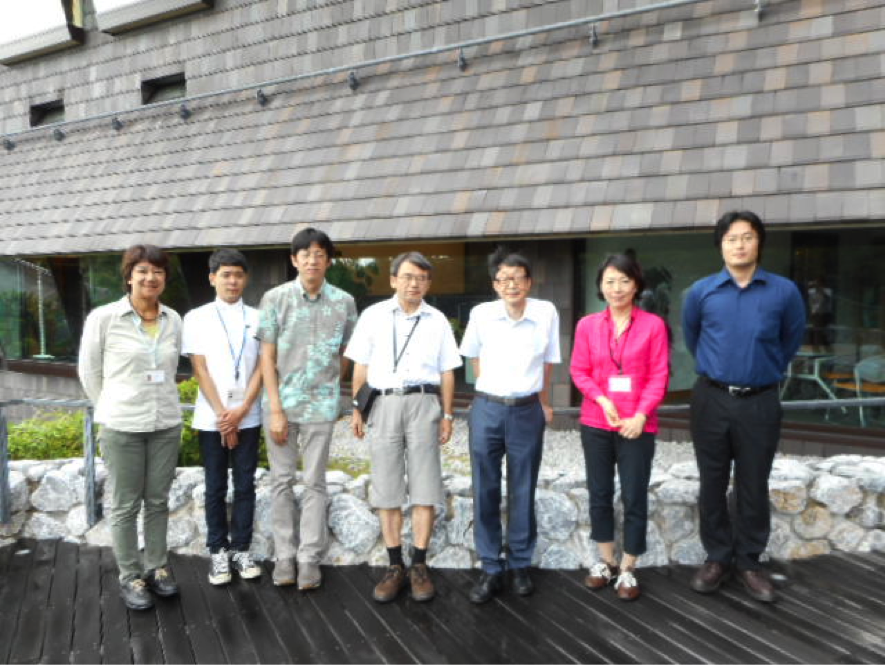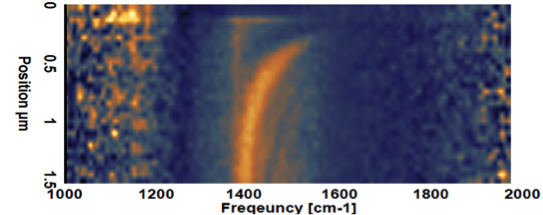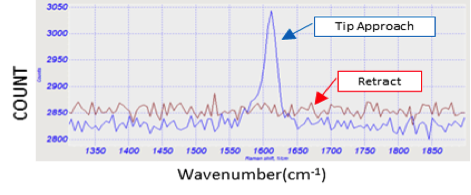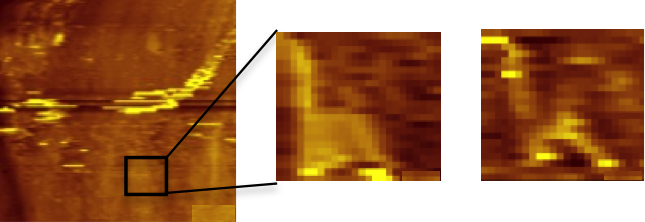FY2014 Annual Report
Mathematical and Theoretical Physics Unit
Professor Shinobu Hikami

Abstract
Mathematical and theoretical physics unit studied the subjects related to random matrix theory, conformal field theory, and moduli spaces. The nano size measurement was also developed such as a tip enhanced Raman scattering (TERS).
1. Staff
- Dr. Shinobu Hikami, Professor
- Dr. Takayuki Oda, Staff Scientist (part time)
- Dr. Hirohiko Shimada, Post Doctoral Researcher
- Dr. Ayumi Kikkawa, Research Assistant (part time)
- Dr. Momoka Higa, Technician
- Dr. Tomoki Tokuda, Post Doctoral Researcher
- Mr. Takuro Tamashiro, Technicien
- Ms. Miwako Tokuda, Research Administrator
Departure
- Hirofumi Nema (Postdoctral scholar) April 1, 2013- Dec.31, 2014, Postdoctoral scholar in Univ. of Tokyo. Jan. 1, 2015 –
- Reuven Pnini (Technician), Dec.1, 2012- Nov.30, 2014, Technician in Miller Unit(OIST) Dec.1, 2014.
2. Collaborations
- Theme: Random matrix theory
- Type of collaboration: Joint research
- Researchers:
- Professor E. Brezin, Ecole Normale Superieure
3. Activities and Findings
3.1 Random matrix theory
The random matrix theory with an external source was applied to the case of boundaries, as Kontsevich-Penner model. The non-orientable surfaces were studied by the random matrix theory of Lie algebra of O(n) and Sp(n).
3.2 Conformal field theory
The conformal field theory in three dimensions had recently been suggested to be tractable even without unitarity by Gliozzi. As a variation of this approach, a particular truncation of the crossing-symmetry equation was studied in detail to obtain the solution manifold that includes the low-lying Ising exponents. The modular bootstrap were used to study non-unitary loop models.
3.3 Random matrix approach for protein-protein interaction network
The application of the random matrix theory is one of the methods for the investigation of the protein-protein network. With RMT, the distribution of the eigenvalues of the large-scale matrices is studied statistically. For the PPI network analysis, we study the behavior of the eigenvalues of matrices where the elements are generated by the pair of the interacting proteins.
3.4 SNOM (Scanning nearfield optical microscope)
The aim is to build a new optical microscope with nano meter space resolutions, and to obtain the spectroscopy of wide wave lengths. It is of course necessary to use very sharp tip (needle), and enhanced waves (evanescent wave of the surface) for such nano precision optical microscope. If we succeed to make such microscope, the impact to science will be very large. The electron microscope can detect atomic order (0.1 nano meter order), but the sample treatment is not so natural, fixed by other materials, sliced, under vacuum, etc. We have succeeded in two directions.
This microscope with AFM tip has been developed up to now with accompany laser wave length 5um to 15 um as well as visible wave length (for instance 523nm). This Continuous infrared light makes possible to detect nano FTIR spectroscopy. It is now possible to find which material is under chip within a few nano meter precision, and We have measured successfully the surface polaritons of Boron Nitrides (attached Figures), which has same structure as graphene. The observation of proteins is also main aim. We will investigate by this new microscope various interesting proteins and neurons, synaps.


3.5 Experimental study of carbon nano tube
The image of carbon nano tube was obatained by TERS. The second microscope, which we have build, is STM(scanning tunnel microscope) with enhanced Raman laser light with nanometer space resolution. The tip (needle) of STM is very sharp, 10 nanometer, and made of silver (Ag). Using the plasmon excitation, we are able detect Raman scattering of nano-size regions. We have succeeded to obtain the image of carbon nanotube with a few nanometer space resolution under vacuum and under cooled temperature up to 4 kelvin. This new microscope is perhaps the first in Japan. We are able to detect the image of a single molecule. We are using 532nm laser light now. We extend the wave length to infrared regions, up to 5um and 10 um. SNOM under 4 Kelvin temperature, which will give a complementary information to TERS.


4. Publications
4.1 Journals
- E. Brezin and S. Hikami, Random Matrix, Singularities and Open/Close Intersection Numbers, J. Phys. A Math. Theor. 48 (2015) 475201.
4.2 Books and other one-time publications
Nothing to report
4.3 Oral and Poster Presentations
- S. Hikami, Moduli space and random matrix theory with an external source, Riken-Osaka-OIST-Taiwan mathphys workshop, March 2-4,2015, Room.B503,OIST.
- S. Hikami, Random matrix and open/close intersection numbers, MCM2015, OIST, C209, March 16-18,2015.
- H. Shimada, 3D CFT and Modular Bootstrap in Loop Models, Riken-Osaka-OIST-Taiwan mathphys workshop, March 2-4,2015 Room.B503,OIST.
- Shimada, Hirohiko, Non-Unitary Conformal Bootstrap for Critical Exponents in 2<d<6 Dimensions, Physical Society of Japan 2014 Autumn Meeting, September 7-10, Chubu University
- Higa, Momoka, Takuro Tamashiro and Shinobu Hikami. "Neasnom and Ters for Living Cell." In Advances in Live Single-Cell Thermal Imaging and Manipulation(ALSCTIM). OIST Seaside House, 2014.
5. Intellectual Property Rights and Other Specific Achievements
Nothing to report
6. Meetings and Events
6.1 MCM2015 OIST mini-workshop
- Date: March 16-18 ,2015
- Venue: OIST Campus Lab1C209
- Speakers:
- Tohru Eguchi, (Rikkyo University)
- Hiroshi Itoyama, (Osaka City University)
- Alexander Alexandrov, (ITEP Moscow)
- Hao Xu, (Pittsburg University)
- Kunio Obitsu, (Kagoshima University)
- Ran J. Tessler, (Institute of Mathematics, Hebrew University )
- Takayuki Oda, (Department of Mathematics, University of Tokyo)
- Nariya Kawazumi, (University of Tokyo)
- Shunsuke Tsuji, (University of Tokyo)
- Takuya Sakasai, (University of Tokyo)
- Yuuki Tadokoro, (Kisarazu National College of Technology)
6.2 Riken -Osaka-OIST-Taiwan mathPhys workshop
- Date: March 2- 4, 2015
- Venue: OIST Campus Lab1 C209
- Speakers:
- Tatsuo Azeyanagi (Ecole Normale)
- Heng-Yu Chen (National Taiwan u.)
- Feng-Li Lin (National Taiwan normal u.)
- Shunji Matsuura (RIKEN)
- Toshifumi Noumi (RIKEN)
- Noriaki Ogawa (RIKEN)
- Masato Taki (RIKEN)
- Yasuhiro Yamaguchi (RIKEN)
- Koji Hashimoto (Osaka u. / RIKEN)
- Hironori Mori (Osaka u.)
- Mitsuhiro Nishida (Osaka u.)
- Akihiko Sonoda (Osaka u.)
- Akinori Tanaka (Osaka u.)
6.3 Seminars
- Date: Sep.8-11,2014
- Speaker:T. Oda (Univ. Tokyo)
- Date: March 5-6, 2015
- Speaker:T. Azeyanagi (Ecole Normale, Paris)
7. Other
Nothing to report.



